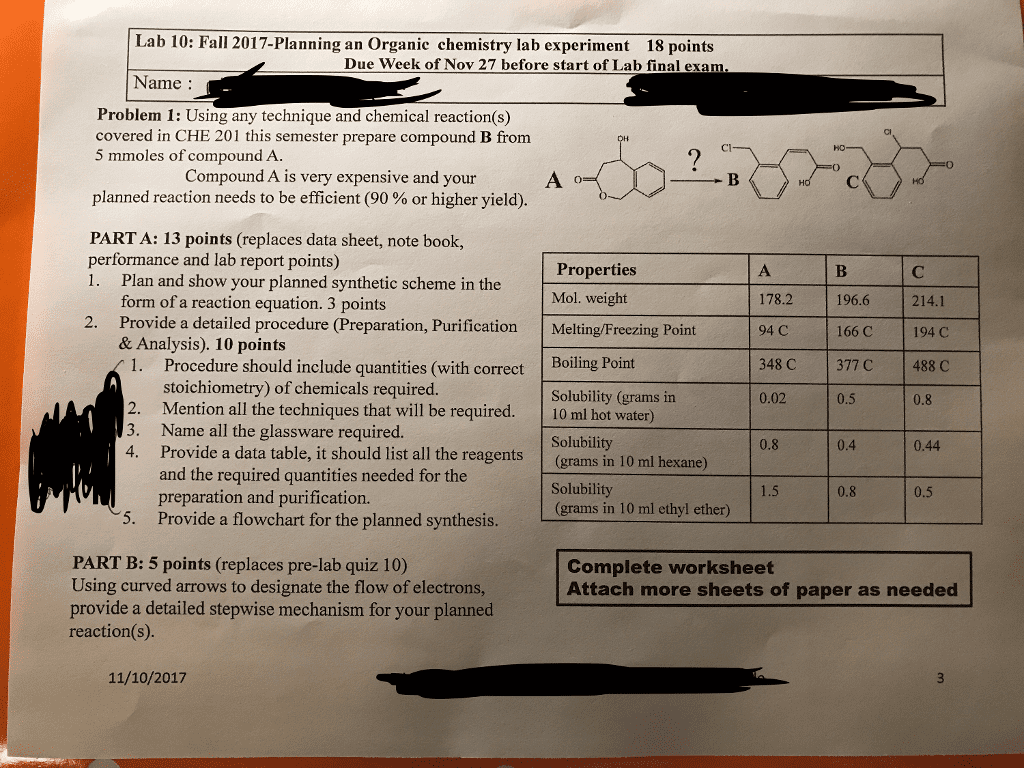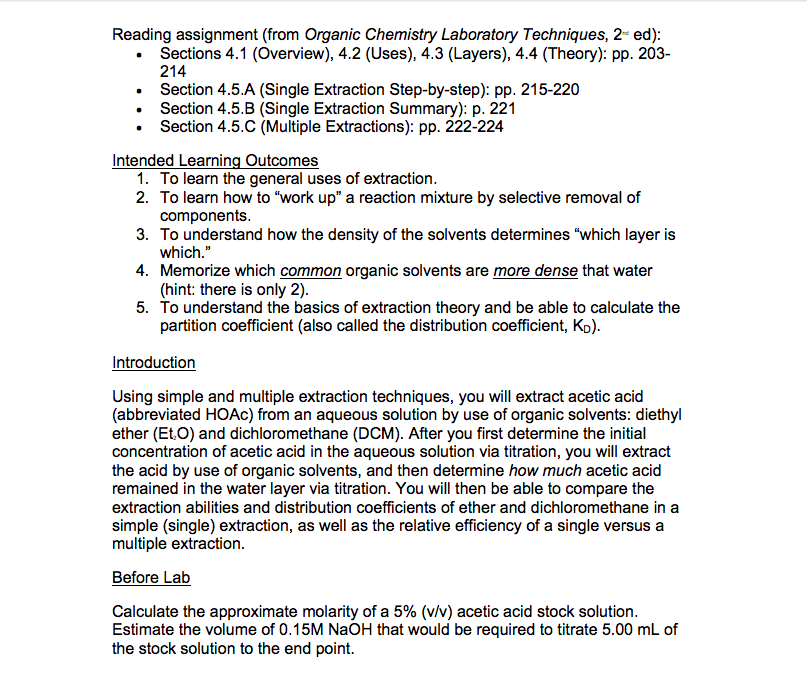W7 lab report
Document Summary
Experiment # w7 (chem 221) qwertyuiopasdfghjklzxcvbnmqwertyui opasdfghjklzxcvbnmqwertyuiopasdfgh jklzxcvbnmqwertyuiopasdfghjklzxcvb nmqwertyuiopasdfghjklzxcvbnmqwer tyuiopasdfghjklzxcvbnmqwertyuiopas dfghjklzxcvbnmqwertyuiopasdfghjklzx cvbnmqwertyuiopasdfghjklzxcvbnmq wertyuiopasdfghjklzxcvbnmqwertyuio pasdfghjklzxcvbnmqwertyuiopasdfghj klzxcvbnmqwertyuiopasdfghjklzxcvbn mqwertyuiopasdfghjklzxcvbnmqwerty uiopasdfghjklzxcvbnmqwertyuiopasdf ghjklzxcvbnmqwertyuiopasdfghjklzxc vbnmqwertyuiopasdfghjklzxcvbnmrty uiopasdfghjklzxcvbnmqwertyuiopasdf ghjklzxcvbnmqwertyuiopasdfghjklzxc vbnmqwertyuiopasdfghjklzxcvbnmqw. The objective of this experiment was to separate the components of penacetin by extraction and evaporation and then purify the unknown by recrystallization and establish its identity by determining its melting point. By extraction we mean the transference of compound from a solid or liquid into a different solvent or phase. The most commonly used extraction method in chemistry labs id liquid-liquid extraction which is carried out in a seperatory funnel. A solution containing dissolved components is placed in the funnel and an immiscible solvent is added, resulting in two layers that are shaken together. Most commonly one layer will be aqueous and the other an organic solvent. "extracted" when they move from one layer to the other.



